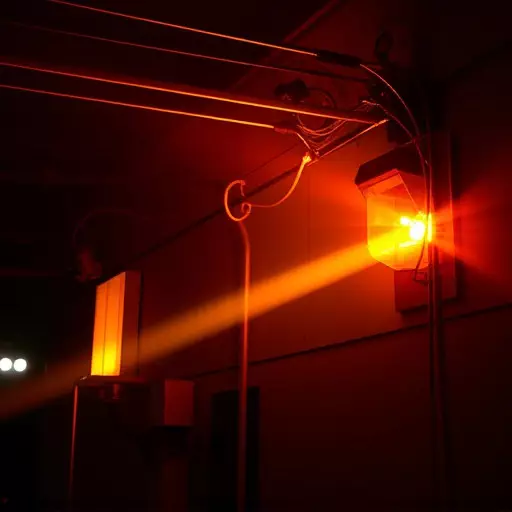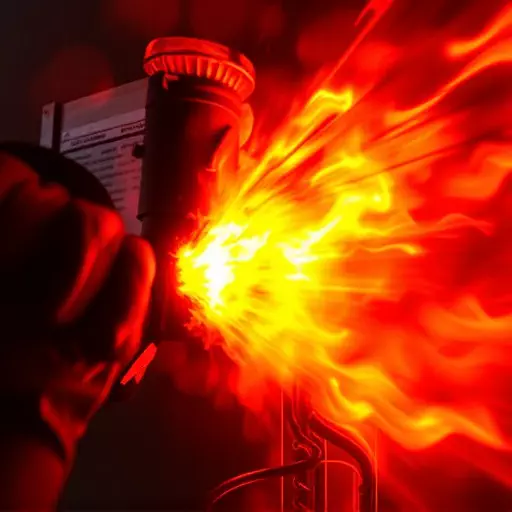In today’s interconnected world, understanding and mitigating electrical hazards is paramount for safety and compliance. This article delves into essential control measures, focusing on the arc flash study process and its role in enhancing electrical safety standards. By examining thorough hazard analysis techniques, we explore how organizations can adhere to arc flash safety standards, preventing catastrophic incidents and fostering a secure working environment. Key aspects include risk assessment, personal protective equipment (PPE), and systematic training, all vital components of an effective electrical hazard management strategy.

Electrical hazards pose significant risks in many industrial settings, and a thorough understanding of potential dangers is crucial for creating safe work environments. The arc flash study process involves a comprehensive evaluation of electrical systems to identify and mitigate risks associated with arc flash events. This process includes an electrical hazard analysis that scrutinizes equipment, circuits, and operational procedures to determine potential arc flash boundaries and personal protective equipment (PPE) requirements.
Adherence to arc flash safety standards, such as those provided by the National Fire Protection Association (NFPA), is essential for guiding businesses in implementing effective control measures. By conducting regular arc flash studies, organizations can ensure compliance with these standards, enhance worker safety, and minimize the potential for severe injuries or fatalities caused by electrical arcing events.
